As a coastal country with a strategic position in Southeast Asia and Asia, Vietnam has an exclusive economic zone of over 1 million km2, with a coastline of over 3,260 km and about 4,000 islands and archipelagos. Vietnam also has a long-standing aquaculture industry, possessing a variety of aquatic species distributed based on differences in geographical and climatic characteristics, stretching from North to South.
Ships dock at Ca Na port, Thuan Nam district, Ninh Thuan . Photo: Cong Thu/VNA
Thereby developing effective and sustainable offshore seafood exploitation on the basis of gradually reducing exploitation intensity to ensure conformity with aquatic resource reserves and compliance with responsible fishing codes of conduct, combating illegal, unreported and unregulated fishing.
In particular, reduce and eventually eliminate destructive fishing practices, convert fishing practices that greatly damage resources and use a lot of fuel to environmentally friendly practices and fisheries resources. Attract businesses to invest in developing fishing; form a number of large enterprises and corporations to cooperate in offshore fishing. Strengthen and innovate teams, groups, and cooperatives; organize production according to the value chain. Apply advanced science and technology, mechanize and modernize fishing vessels; reduce post-harvest losses to less than 10% by 2030; ensure food safety for fishing vessels, living and working conditions for crew members in line with the trend of international integration.
Along with modernizing the management of fisheries at sea to proactively warn and promptly respond to incidents, risks and natural disasters at sea. Ensuring the safety of people and fishing vessels operating at sea, effectively participating in search and rescue support, contributing to ensuring national defense, security, maintaining independence and sovereignty of the sea and islands of the Fatherland. Developing effective farming of key subjects and aquatic species with economic value associated with protecting the ecological environment, proactively adapting to climate change. Taking advantage of water surface potential, developing aquaculture on reservoirs, newly formed saline intrusion areas due to climate change that cannot continue agricultural production.
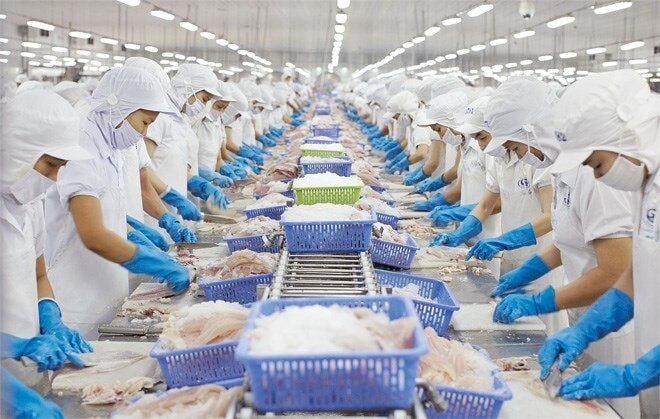
Illustration photo. Source: internet
Developing marine aquaculture into a commodity production sector, encouraging the development of industrial-scale aquaculture in open sea areas; creating large volumes of products for export processing and domestic consumption and cultivating microalgae and seaweed to meet food needs and provide raw materials for other economic sectors such as cosmetics, pharmaceuticals, etc. Cultivating aquatic organisms for ornamental purposes, entertainment, handicrafts, and pharmaceuticals to meet the needs of domestic and foreign consumer markets.
Encourage the development of aquaculture models that apply new, advanced technology, reduce production costs, are environmentally friendly, and adapt to climate change; organic and ecological farming models, and apply good aquaculture practice (GAP) certification standards to increase value and develop sustainably. Develop a large-scale seafood processing industry that plays a key role in leading and promoting the development of the seafood production chain towards increasing added value and sustainable development; soon turn Vietnam into a global seafood processing center.
Applying science and technology, shifting product structure towards increasing the proportion of value-added processed products serving the food and non-food industries; innovating machinery, equipment and technology; increasing productivity and quality; ensuring food safety, rules of origin, environmental safety and social security; improving economic efficiency and competitiveness; deeply participating in the global supply chain and proactively integrating internationally, attracting investment, resources and expanding export markets; improving the quality and diversifying processed products for the domestic market.
Prioritize the use of raw materials from domestic exploitation and aquaculture, expand the market to supply legal raw materials with stable output and quality to maximize Vietnam's processing capacity. Invest in and develop synchronous infrastructure and logistics services for exploitation, aquaculture and processing of aquatic products. Invest in building fishing ports and storm shelters for fishing vessels on islands and remote sea areas. Build stations to provide services, logistics, preliminary processing, preservation and transit of products on the islands. Continue to focus on investing in 5 large fishing centers in Hai Phong, Da Nang, Khanh Hoa, Ba Ria - Vung Tau, Kien Giang associated with key fishing grounds and Can Tho aquaculture development center associated with the Mekong Delta aquaculture area.
Concentrate resources to consolidate, expand, develop and establish new marine reserves and aquatic resource protection areas suitable to the natural conditions and socio-economic conditions of each region, especially coastal aquatic resource protection areas, in mangrove forests, lagoons, upstream and in river basins. Promote the construction of fishing villages in the suburbs, estuaries, lakes, beaches, islands... associated with tourism and other industries to ensure livelihoods for fishing communities and transform the structure of aquatic resource exploitation in accordance with natural conditions and aquatic resources; drastically reduce occupations that harm aquatic resources.
Develop aquaculture of marine fish, mollusks, and seaweed based on the arrangement and management of coastal and nearshore aquaculture in accordance with environmental carrying capacity, disease safety, and environmental protection, and encourage the development of aquaculture in coastal areas of islands. Maintain and develop a variety of traditional inland fish farming along with the development of aquaculture for ornamental and recreational purposes in cities, urban areas, and tourist areas. Encourage the development of aquaculture associated with educational, tourism, and sightseeing activities.
In particular, review mechanisms and policies for developing aquatic production in accordance with the provisions of the 2017 Fisheries Law, free trade agreements and international treaties to which Vietnam is a member; effectively implement the Agreements and Agreements. Establish and maintain hotlines with countries in the region and international organizations to resolve disputes in the exploitation and protection of aquatic resources; respond to climate change, search and rescue, and ensure safety for fishermen at sea. Develop forms of cooperation and joint ventures in the fields of production of equipment, fishing gear, feed, breeds, and aquaculture with countries in the region and internationally.
Cooperate with regional fisheries management organizations, explore and exploit deep-sea aquatic resources, cooperate in offshore exploitation. Strengthen international cooperation in training highly qualified staff for the fisheries sector, in applying new technology, high technology, technology for producing disease-free breeds, breeding new breeds, marine farming technology, industrial farming technology, production of aquatic feed, biological products, drugs for preventing and treating aquatic diseases, waste treatment, environmental improvement and disease prevention.
Strengthening innovation of equipment, technology, investment, upgrading of seafood processing factories to increase productivity, reduce production costs, protect the environment. Promoting the application of quality management programs, information technology. Developing new products, high-value products, biologically active products from seafood raw materials and seafood by-products, ensuring quality, food safety and environmental protection to meet domestic and international standards, regulations, and regulations on quality, food safety, traceability, social responsibility and sustainable development.
Along with increasing the proportion of processed products with high quality and competitiveness to serve domestic consumption and export; reasonably shifting the product structure towards increasing the proportion of deeply processed products with high added value. Promoting the development of models for developing traditional and specialty aquatic products, following the chain, associated with perfecting technology, upgrading quality, food safety, improving product designs, and registering trademarks associated with place names.
Building a number of brands for Vietnamese seafood products such as brackish water shrimp, catfish, tuna, mollusks, and at the same time forming a number of large seafood processing corporations and industrial zones associated with raw material areas. Organizing the construction of a logistics system closely connecting producers, collectors, processors with seafood distributors, especially expanding the market for importing legal raw materials, stable in quantity and quality to meet the processing needs for export and domestic consumption./.
Wisdom


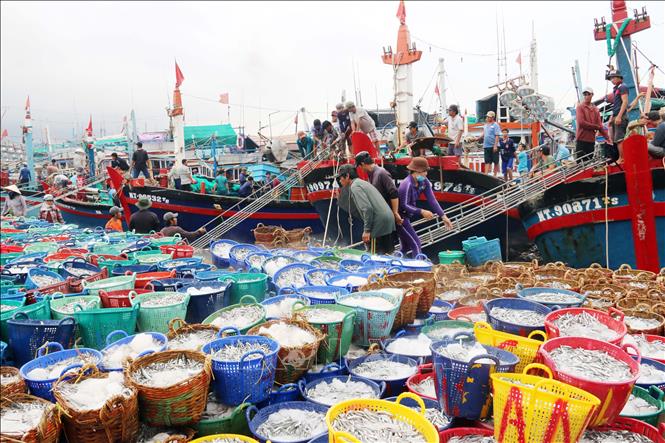
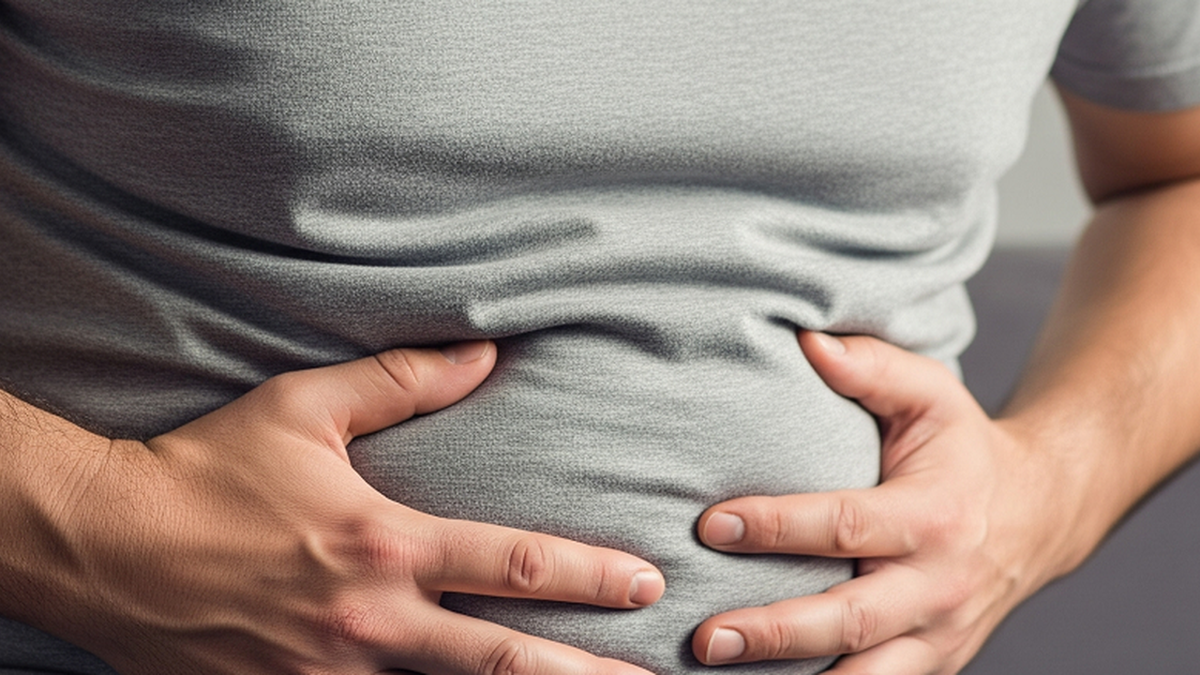
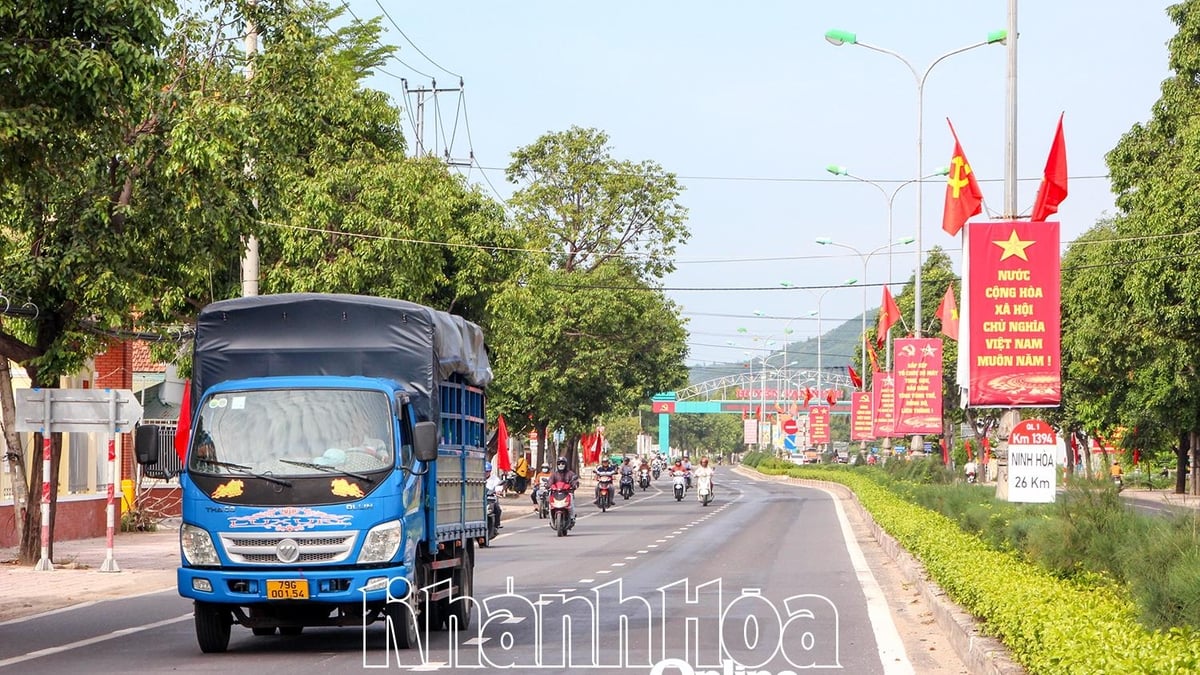

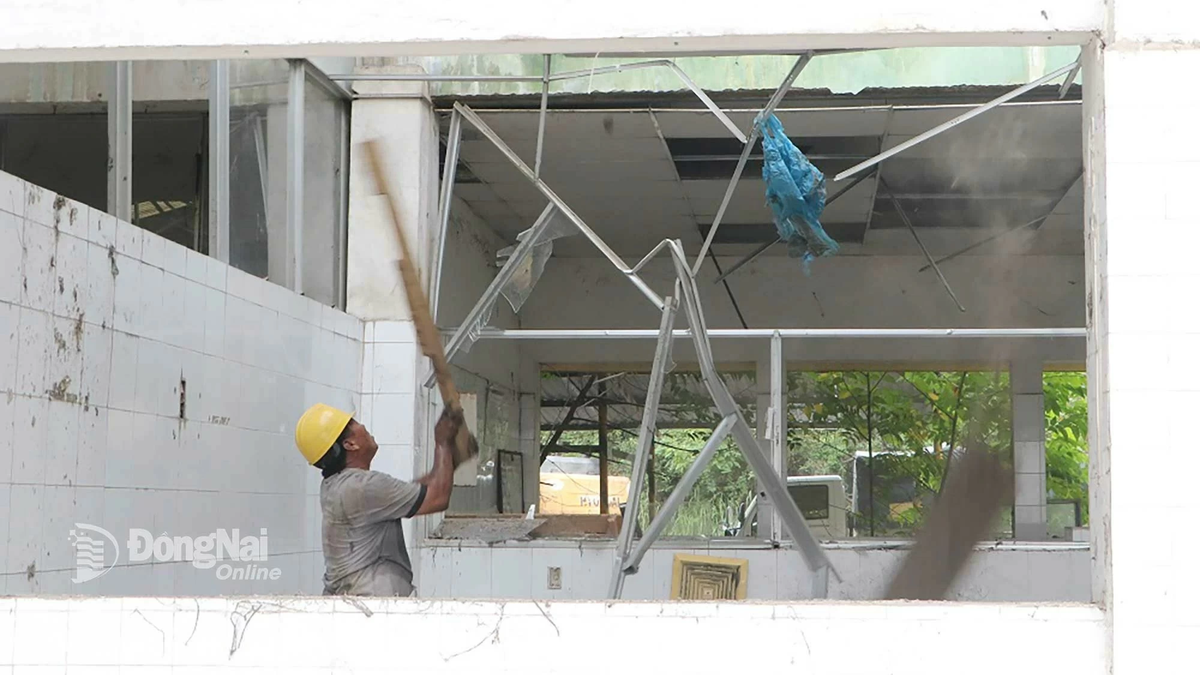
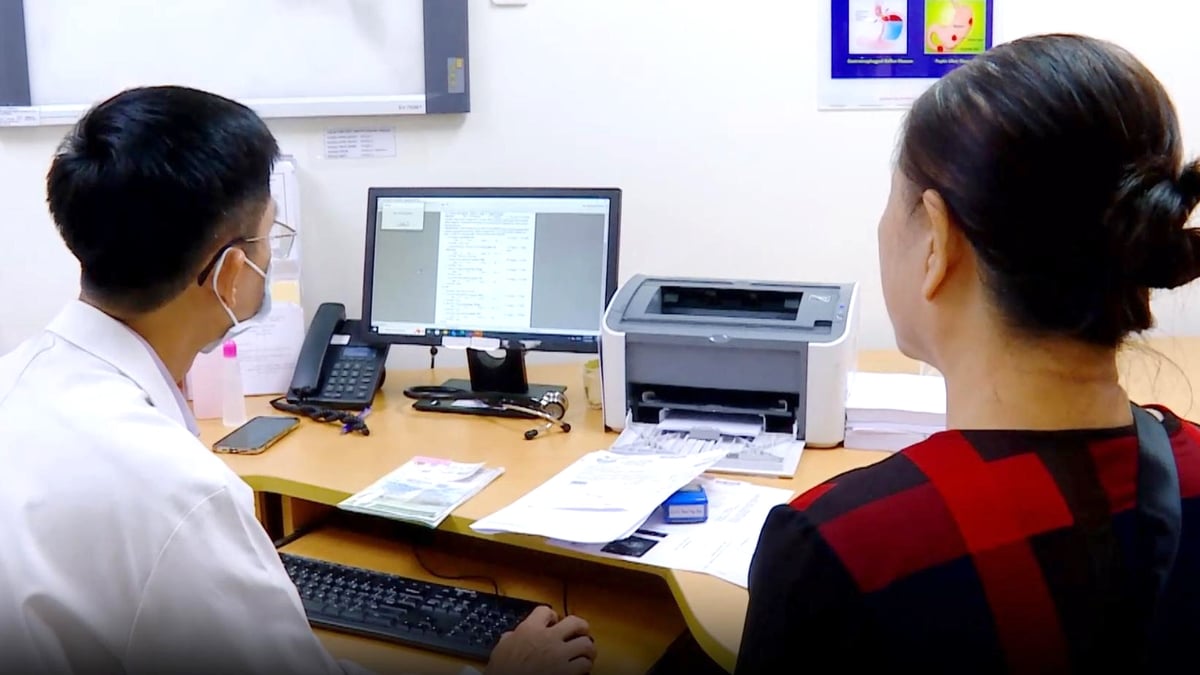

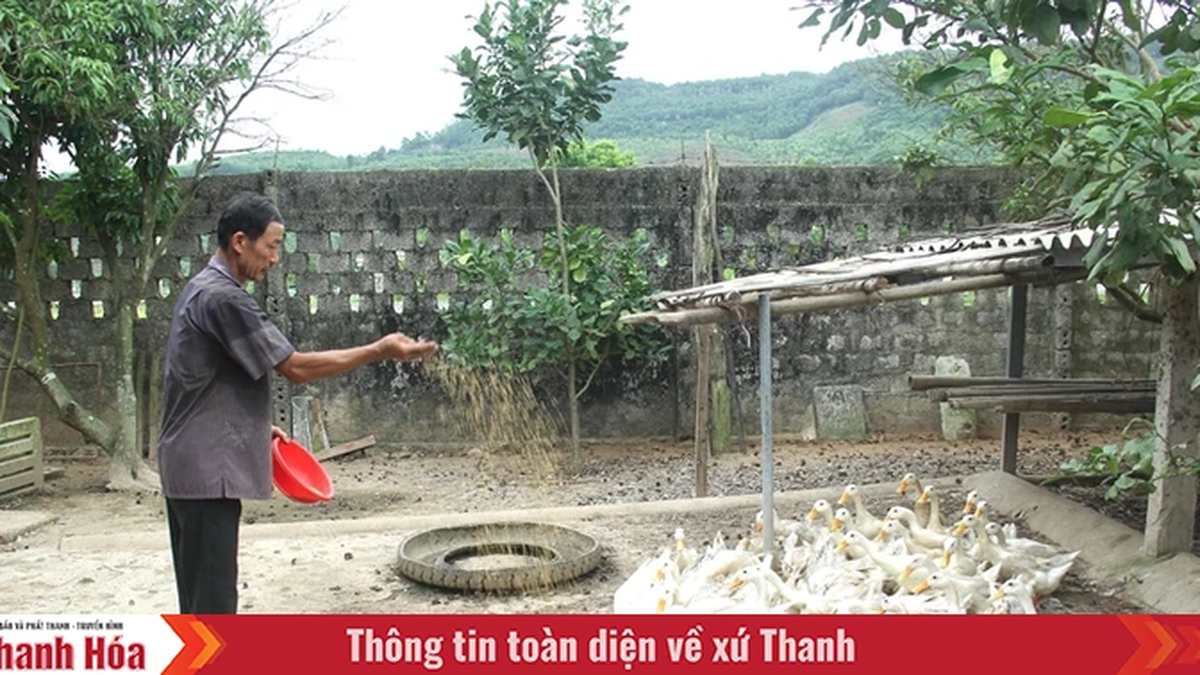
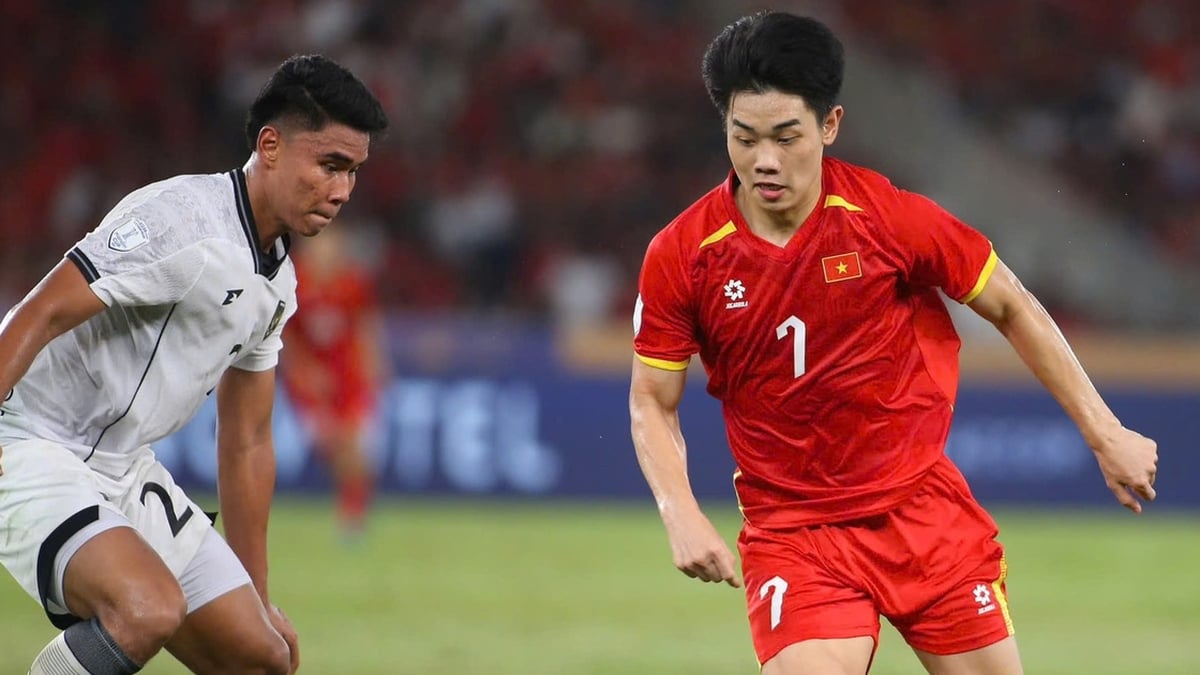
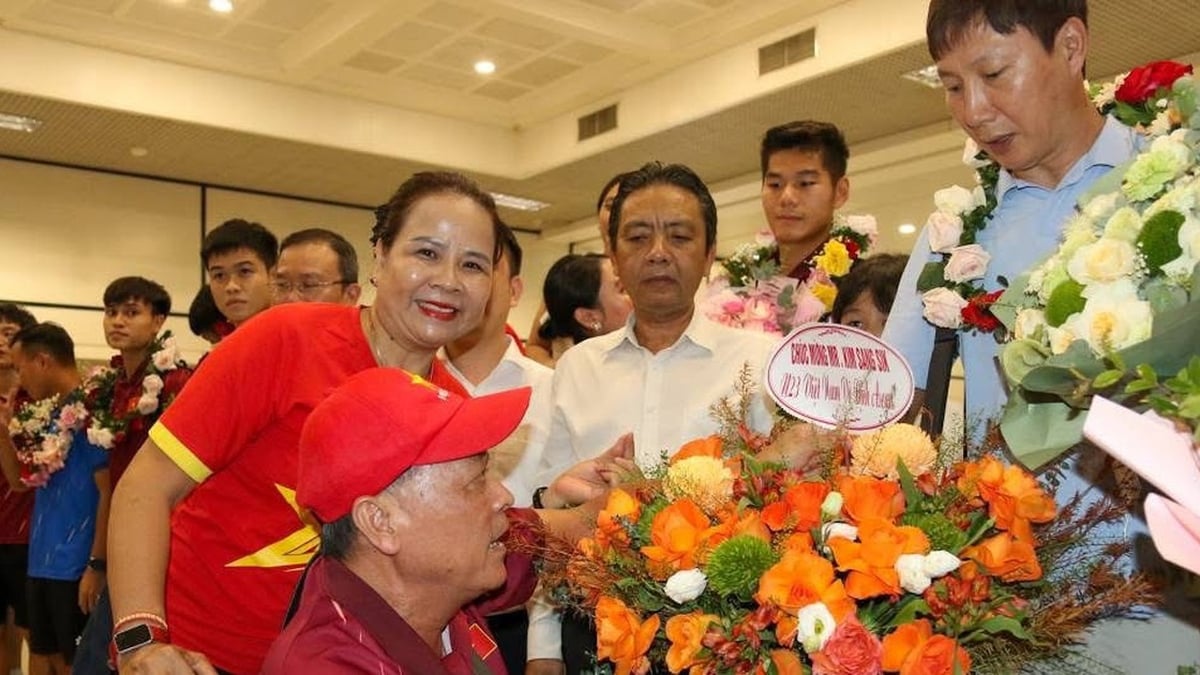
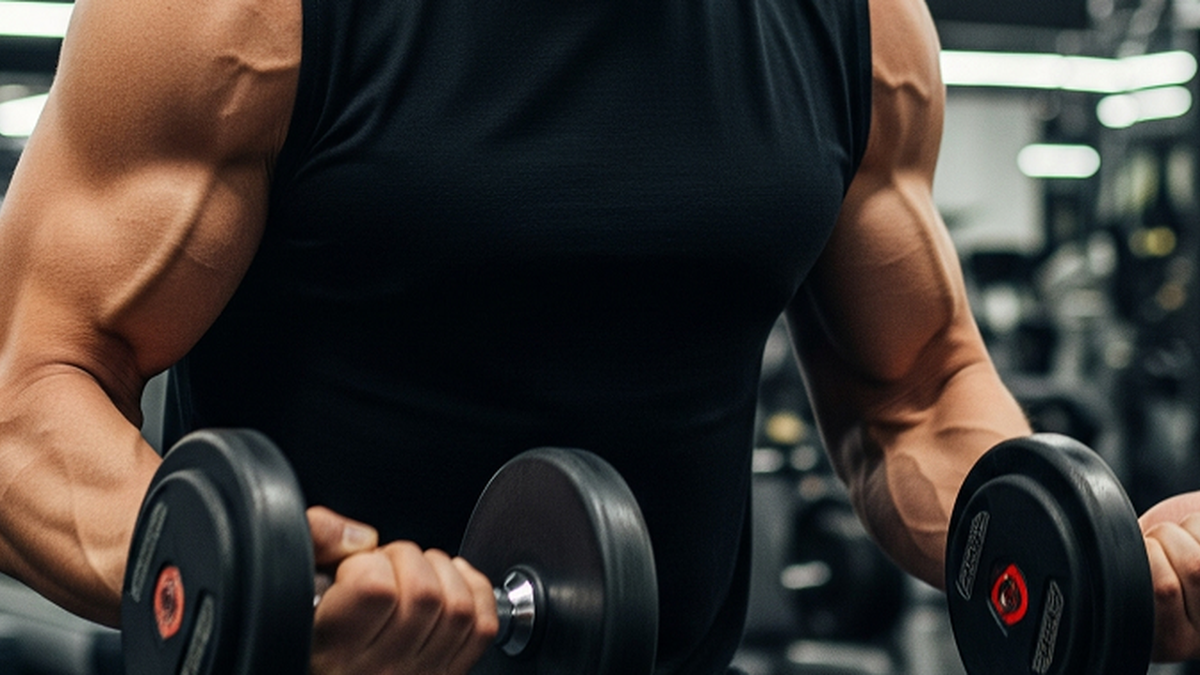












































![[Maritime News] Container shipping faces overcapacity that will last until 2028](https://vphoto.vietnam.vn/thumb/402x226/vietnam/resource/IMAGE/2025/7/30/6d35cbc6b0f643fd97f8aa2e9bc87aea)









































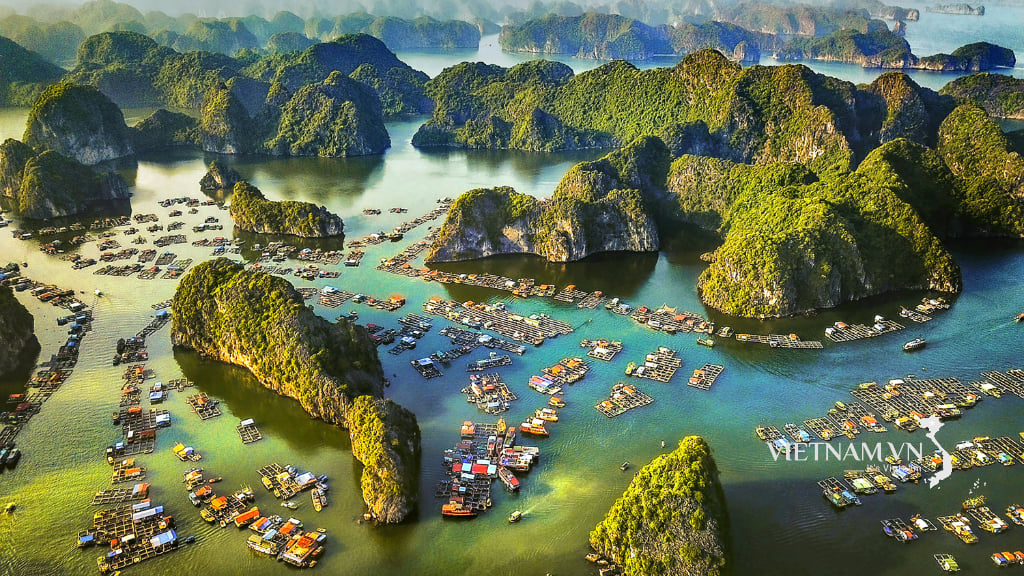
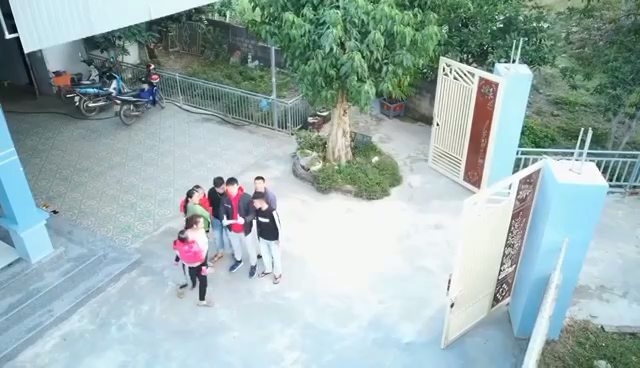
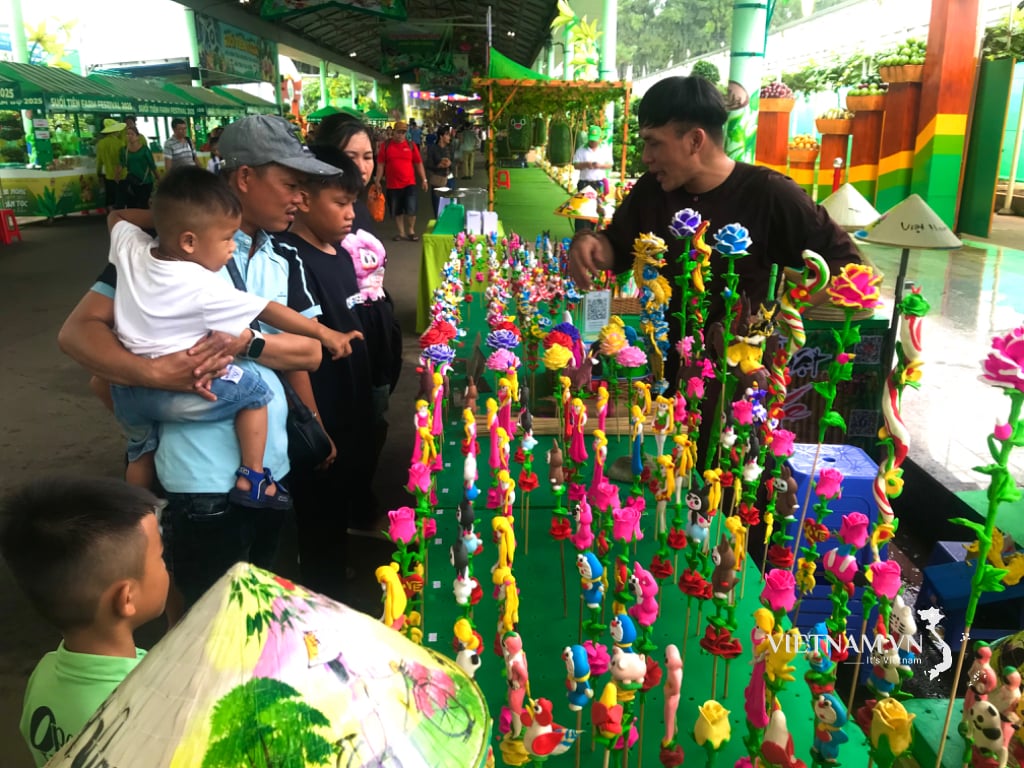

Comment (0)